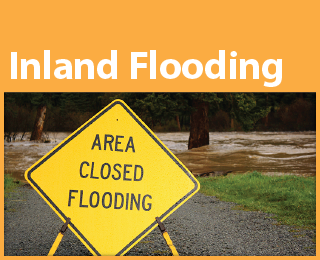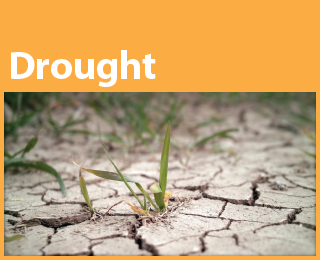Climate Action Benefits: Water Resources
Water, a resource that sustains life across the globe, is a vital component of a productive economy, providing a critical input to production in a number of key economic sectors.1 In the U.S., water is used in many ways, including for human consumption, agricultural irrigation, power plant cooling, and hydropower generation. In addition, rivers, lakes, and oceans allow for navigation, fishing, and recreation activities. Water also plays an array of vital roles in ecosystems, which in turn provide crucial services that support human life. Analyzing the effects of climate change on water resources can be particularly challenging as climate variables affect both the supply and demand of water in different ways, and the impacts vary over space and time.
How is water vulnerable to climate change?
The water cycle is inextricably linked to climate, and climate change has a profound impact on water availability at global, regional, and local levels. As temperatures rise, the rate of evaporation increases, which makes more water available in the air for precipitation but also contributes to drying over some areas.2 Further, climate change will result in increased intensity of precipitation events, leading to heavier downpours. Therefore, as climate change progresses, many areas are likely to see increased precipitation and flooding, while others will experience less precipitation and increased risk of drought. Some areas may experience both increased flooding and drought. Many of these meteorological changes, along with their associated impacts, are already being observed across the U.S. These changes, combined with demographic, socioeconomic, land use, and other changes, affect the availability, quality, and management of water resources in the U.S.3
What does CIRA cover?
The CIRA analyses estimate impacts and damages from three water resource-related models addressing flooding, drought, and water supply and demand (see the Health section of this report for water quality impacts). The models differ in the component of the water sector assessed and geographic scale, but together provide a quantitative characterization of water sector effects that no single model can capture. As the water cycle is sensitive to changes in precipitation, the analyses use a range of projections for future precipitation (see the Methods of Analysis section for more information). Finally, future work to improve connectivity between the CIRA electricity, water, and agriculture analyses will aid in better understanding potential impacts to these sectors.



